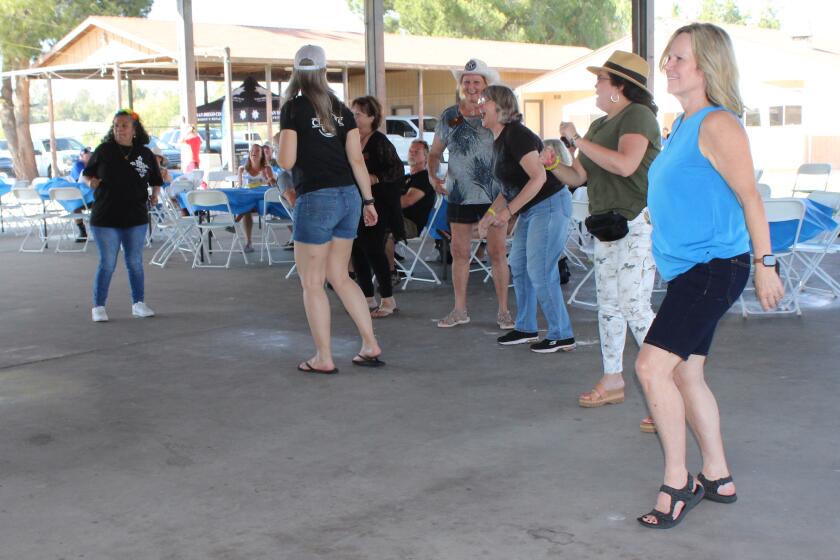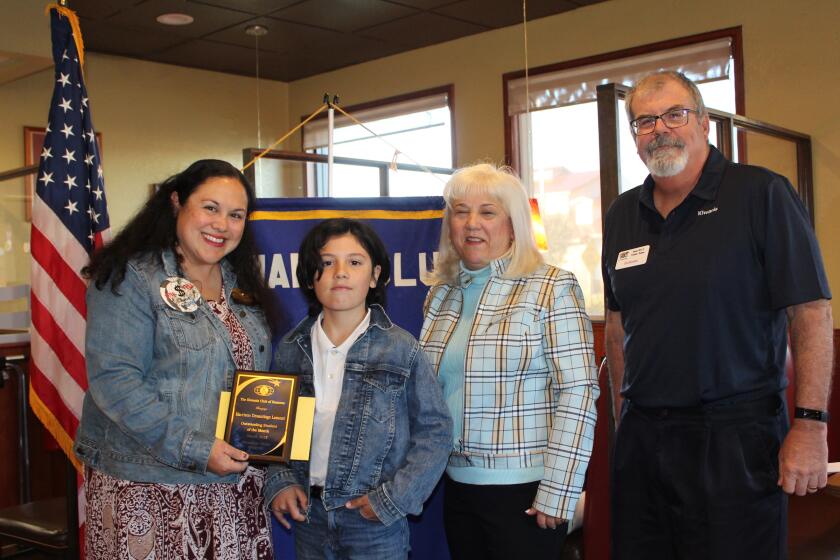State agencies begin process to implement fire fee
By Karen Brainard
Residents in rural areas of Ramona will have to wait several more months to find out if they will be charged an annual $150 state fire fee, signed into law this summer, because it could take that long for state agencies to develop a system to determine who pays and how much.
That’s what spokespersons from Cal Fire and the state Board of Equalization (BOE) said. The two agencies are working together, following the California Forestry and Fire Protection Board’s Nov. 9 adoption of the $150 fee.
“The process is really going to take time,” said Cal Fire spokesperson Daniel Berlant.
The fee will be charged to homeowners living in state responsbility areas (SRAs) where the state must provide wildland fire protection. Many areas around Ramona are in SRAs.
A $35 discount was approved by the forestry board for homeowners living in an SRA that is also within a local fire protection district, such as the Ramona Municipal Water District. That would lower the fee to $115.
Since the fee was signed into law by Gov. Jerry Brown in July, it has bounced between the forestry board and the state capital. The forestry board adopted emergency regulations in August, as required by law, but lowered the maximum fee to $90 per habitable structure. Brown then proposed to raise it to $175.
When the forestry board met Nov. 9, the majority of members agreed to a $150 per habitable structure, said Berlant.
The key word, he added, is “habitable.” If someone can live in the structure, it would be considered habitable and charged $150, he explained, which means a property owner with a single-family home and a trailer on the property would pay $300.
“They’re looking at...each one of those buildings has to be protected,” Berlant said.
About 73,000 homes in San Diego County would be affected, according to Cal Fire.
The fee is estimated to generate about $80 million with $50 million of that backfilling Cal Fire’s budget cuts, said Berlant.
It is also estimated to cost the state $10 million for Cal Fire and BOE to create a process to determine which homeowners across the state should be billed and what they will owe, said Berlant.
Cristina Herrera, spokesperson for the Board of Equalization, explained that the BOE and Cal Fire will likely enter into an interagency agreement for program implementation.
That agreement will allow BOE to begin the programming necessary to prepare and issue billings, she stated.
Cal Fire will work to gather data to identify feepayers who meet the criteria specified in the statute and who will receive billings and will give that list and amount to BOE, she said.
After the interagency agreement is executed between the two agencies, Herrara said the Board of Equalization will require five to six months lead time “to program our computer systems, among other things before issuing billings.”
Aspects of the fee could change again, however, as Berlant said, “This is just the emergency regulations.”
Those regulations can only last 180 days by statute and then the forestry board must adopt permanent regulations.
Berlant said: “Our job is to cotinue to move forward as the law was implemented.”




